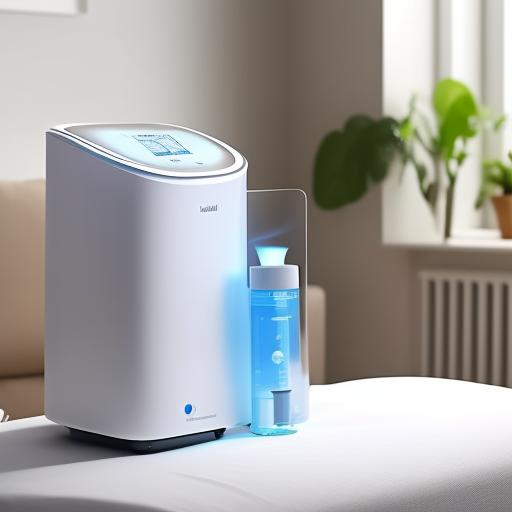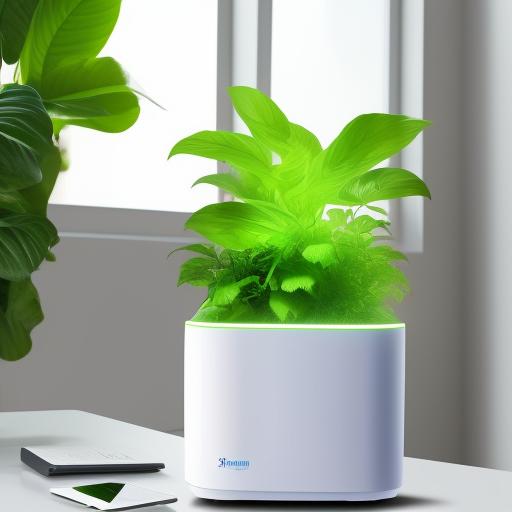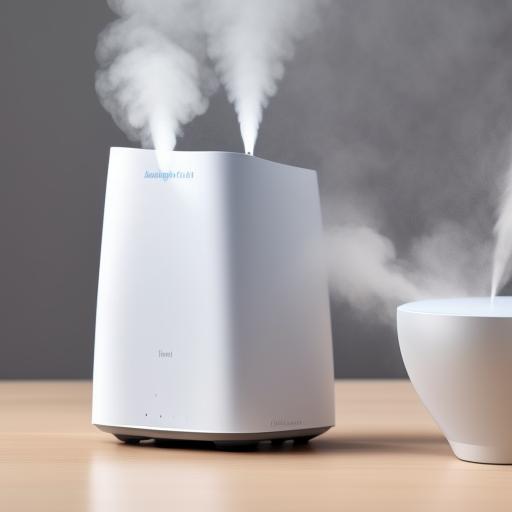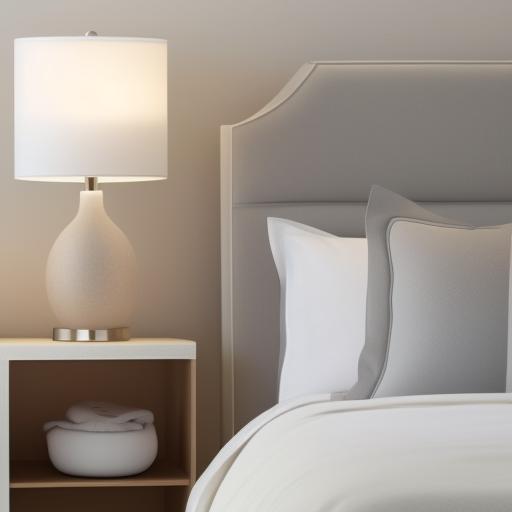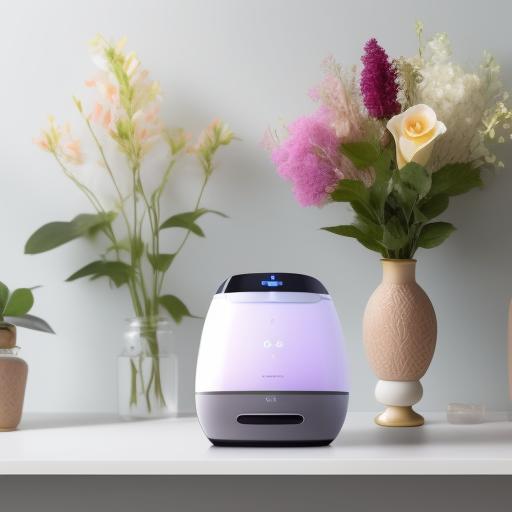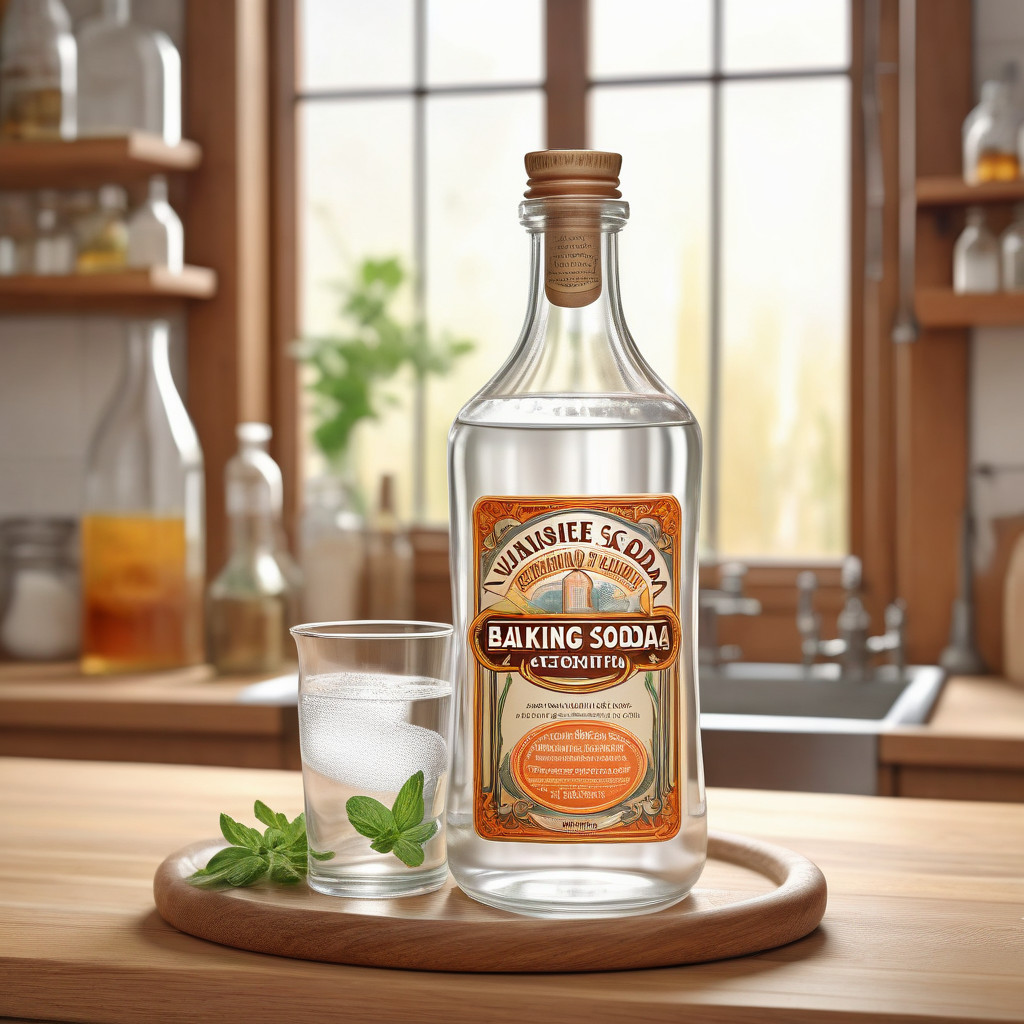
The Cleaning Power of Vinegar and Baking Soda
The combination of vinegar and baking soda has long been hailed as a powerful duo for cleaning various household items, and humidifiers are no exception. These two simple ingredients can work wonders in removing grime, mineral deposits, and limescale from your humidifier, helping to keep it running efficiently and effectively.
By harnessing the natural cleaning properties of vinegar and baking soda, you can avoid the use of harsh chemicals and instead opt for a more eco-friendly and cost-effective cleaning solution. Plus, the foaming reaction created when these two ingredients are combined helps to tackle tough stains and bacteria, leaving your humidifier fresh and clean.
How Vinegar Makes a Difference
One of the key ingredients in this cleaning powerhouse is vinegar. Its acetic acid content gives it antibacterial and antifungal properties, making it an effective natural disinfectant. With the ability to break down mineral deposits and limescale, vinegar helps to ensure your humidifier is free from harmful buildup that can affect its performance.
Vinegar also serves as a reliable deodorizer, helping to eliminate any musty smells that may develop in your humidifier over time. Its versatility and effectiveness in cleaning various surfaces make it a go-to choice for many DIY enthusiasts looking to maintain a clean and healthy home environment.
The Role of Baking Soda
Powerful in its own right, baking soda plays a crucial role in this cleaning duo. As an alkali compound, baking soda acts as a gentle abrasive that helps to scrub away dirt and grime without causing damage to sensitive components. Additionally, baking soda neutralizes odors, leaving your humidifier smelling fresh and clean after each use.
Step-by-Step Cleaning Guide
While maintaining a clean and efficient humidifier is crucial for indoor air quality, using vinegar and baking soda as a DIY cleaning solution can be a game-changer. Here is a detailed step-by-step guide to help you clean your humidifier effectively with these household ingredients.
| Preparing Your DIY Cleaning Solution | Detailed Cleaning Instructions for Your Humidifier |
| Step-by-Step: Mixing vinegar and baking soda to create a powerful cleaning solution is the first step in tackling your humidifier’s grime and mineral buildup. This natural and cost-effective solution proves to be highly effective against bacteria and odors, ensuring a clean and healthy humidifier. |
For maintaining your humidifier’s optimal condition, follow these detailed cleaning instructions. Disassemble the unit, soak the components in the vinegar-water mixture, scrub with baking soda, and rinse thoroughly to remove mineral deposits and ensure a fresh-smelling humidifier. |
Detailed Cleaning Instructions for Your Humidifier
For a deep clean, follow these detailed instructions for cleaning your humidifier using the vinegar and baking soda solution. Once the components are clean and dry, reassemble the unit, plug it in, and enjoy the benefits of a well-maintained humidifier that promotes a healthier indoor environment for you and your family.
Safety Tips and Considerations
After successfully cleaning your humidifier with vinegar and baking soda, it’s imperative to keep safety in mind to ensure the longevity of your appliance and the health of your home environment. Here are some safety tips and considerations to keep in mind:
Understanding the Dos and Don’ts
Understanding the dos and don’ts when using vinegar and baking soda to clean your humidifier is crucial for a safe and effective cleaning process. To ensure optimal results, follow these dos and don’ts:
- Do: Ensure the humidifier is unplugged and disconnected from the power source before cleaning.
- Don’t: Avoid using vinegar on surfaces sensitive to acid, such as marble or stone.
Factors for Using Vinegar and Baking Soda Safely
The factors for using vinegar and baking soda safely when cleaning your humidifier are important to consider to prevent any damage to the appliance or potential risks to your health. Here are some key factors to keep in mind:
- Do: Use vinegar and baking soda in equal parts for a balanced and effective cleaning solution.
- Don’t: Mix vinegar and baking soda directly in the water tank of the humidifier to avoid any potential chemical reactions.
This combination of vinegar and baking soda has been proven to be a safe and efficient cleaning method for humidifiers. Following these safety tips and considerations will help you maintain a clean and healthy environment in your home.
Additional Tips and Tricks
Unlike other cleaning methods, using vinegar and baking soda for cleaning your humidifier is a simple and effective DIY solution. However, there are additional tips and tricks you can incorporate into your cleaning routine to ensure your humidifier stays in top condition.
- Regularly change the water in your humidifier to prevent the growth of mold and bacteria.
- Consider using distilled water instead of tap water to minimize mineral buildup in your humidifier.
- Place your humidifier on a waterproof mat or tray to protect surfaces from potential leaks or spills.
Any persistent issues with your humidifier can be addressed by following expert advice. For more details on cleaning humidifiers, check out Humidifiers Get Gross Fast. Here’s How to Clean Them.
Enhancing Your Cleaning Routine
The key to maintaining a clean and efficient humidifier is consistency. By incorporating regular cleaning sessions using vinegar and baking soda, you can ensure that your humidifier continues to function optimally. Consider setting a cleaning schedule to stay on top of maintenance tasks and enjoy clean, fresh air in your living space.
Routine maintenance can help prevent common issues such as mineral deposits, mold growth, and unpleasant odors in your humidifier. Plus, keeping your humidifier clean can prolong its lifespan and improve the air quality in your home, creating a healthier environment for you and your family.
Final Words
The power duo of vinegar and baking soda has proven to be a game-changer when it comes to cleaning and maintaining humidifiers. Not only are these natural ingredients effective, but they are also safe, cost-efficient, and versatile. By following the simple steps outlined in this DIY cleaning guide, you can ensure that your humidifier remains in optimal condition, providing you with clean and healthy indoor air. So, next time your humidifier needs a deep clean, reach for vinegar and baking soda for a simple yet powerful solution!
FAQ
Q: Can vinegar and baking soda effectively clean a humidifier?
A: Yes, vinegar and baking soda can be a powerful duo in cleaning a humidifier, removing grime, mineral deposits, and limescale.
Q: Are vinegar and baking soda safe to use for cleaning humidifiers?
A: Absolutely! Vinegar and baking soda are non-toxic, eco-friendly alternatives to chemical cleaners, making them safe for use in your home.
Q: How do vinegar and baking soda work together to clean a humidifier?
A: When combined, vinegar’s acetic acid and baking soda’s alkaline properties create a foaming reaction that helps in disinfecting and removing dirt from the humidifier.
Q: Is it cost-effective to use vinegar and baking soda for cleaning a humidifier?
A: Definitely! Vinegar and baking soda are affordable household ingredients that can save you money compared to buying specialized cleaning products.
Q: Are there any safety precautions to consider when using vinegar and baking soda for cleaning a humidifier?
A: Yes, avoid using vinegar on acid-sensitive surfaces like marble, ensure proper ventilation during cleaning, and always unplug the humidifier before starting the cleaning process.
Q: How often should I clean my humidifier with vinegar and baking soda?
A: It is recommended to clean your humidifier with vinegar and baking soda at least once a month to maintain its efficiency and prolong its lifespan.
Q: Can vinegar and baking soda be used for cleaning purposes other than humidifiers?
A: Absolutely! Vinegar and baking soda are versatile cleaning agents that can be used for various household cleaning tasks, making them a staple in DIY cleaning solutions.
